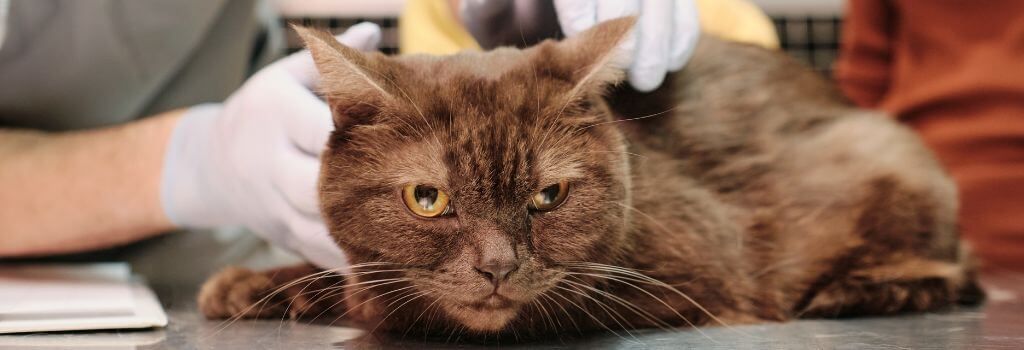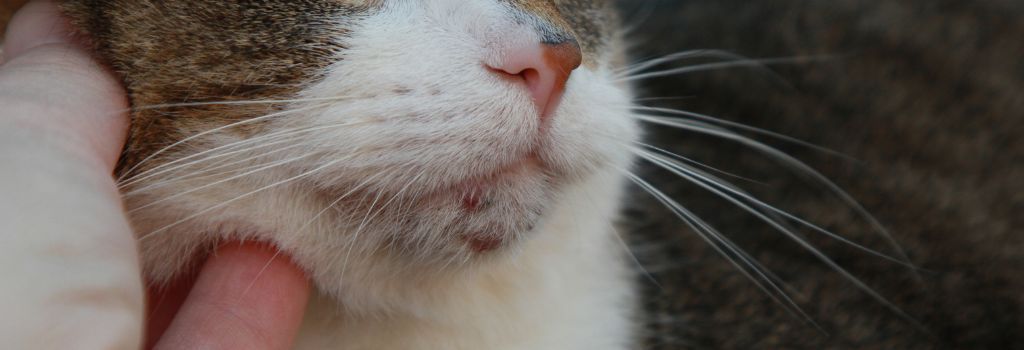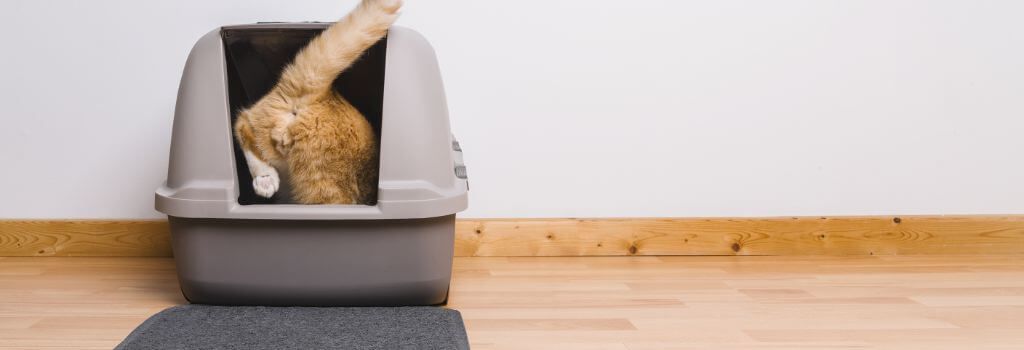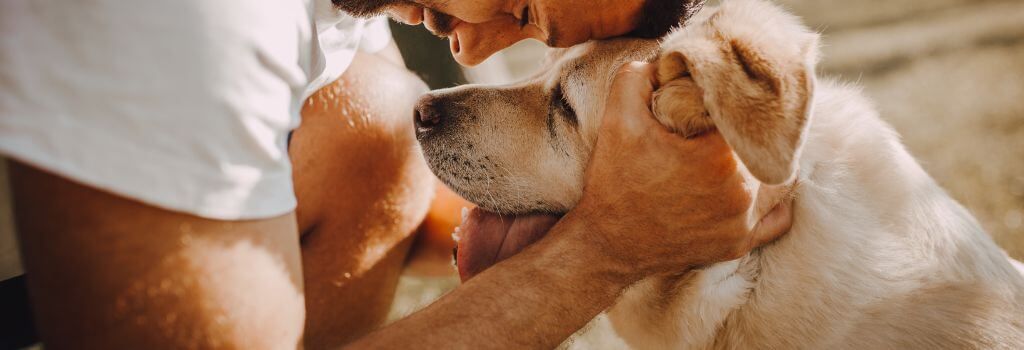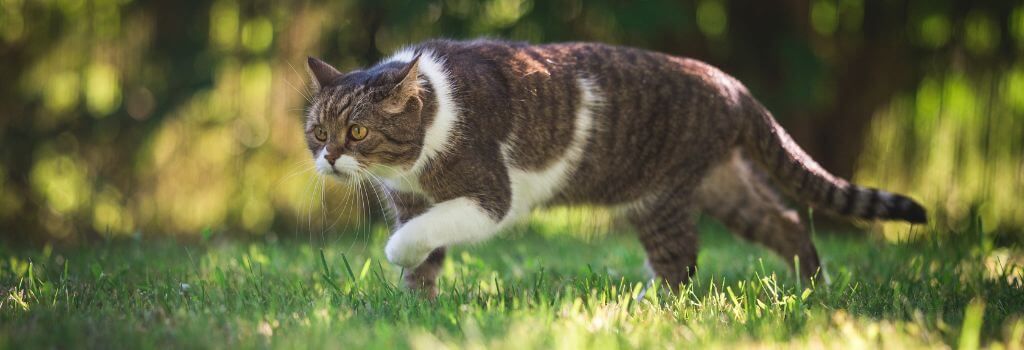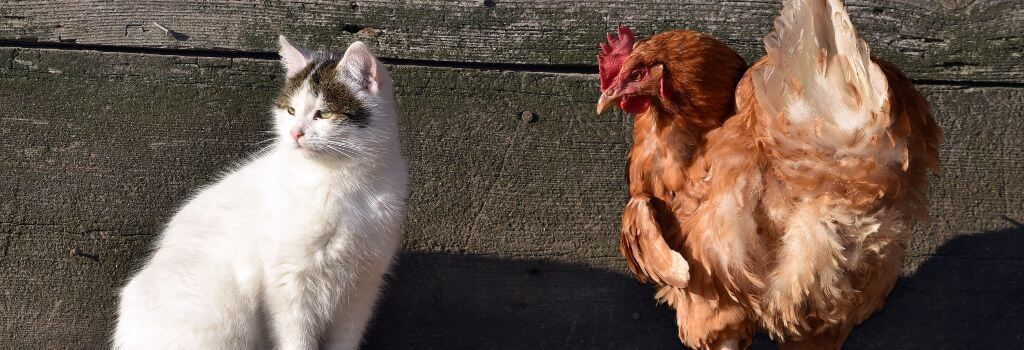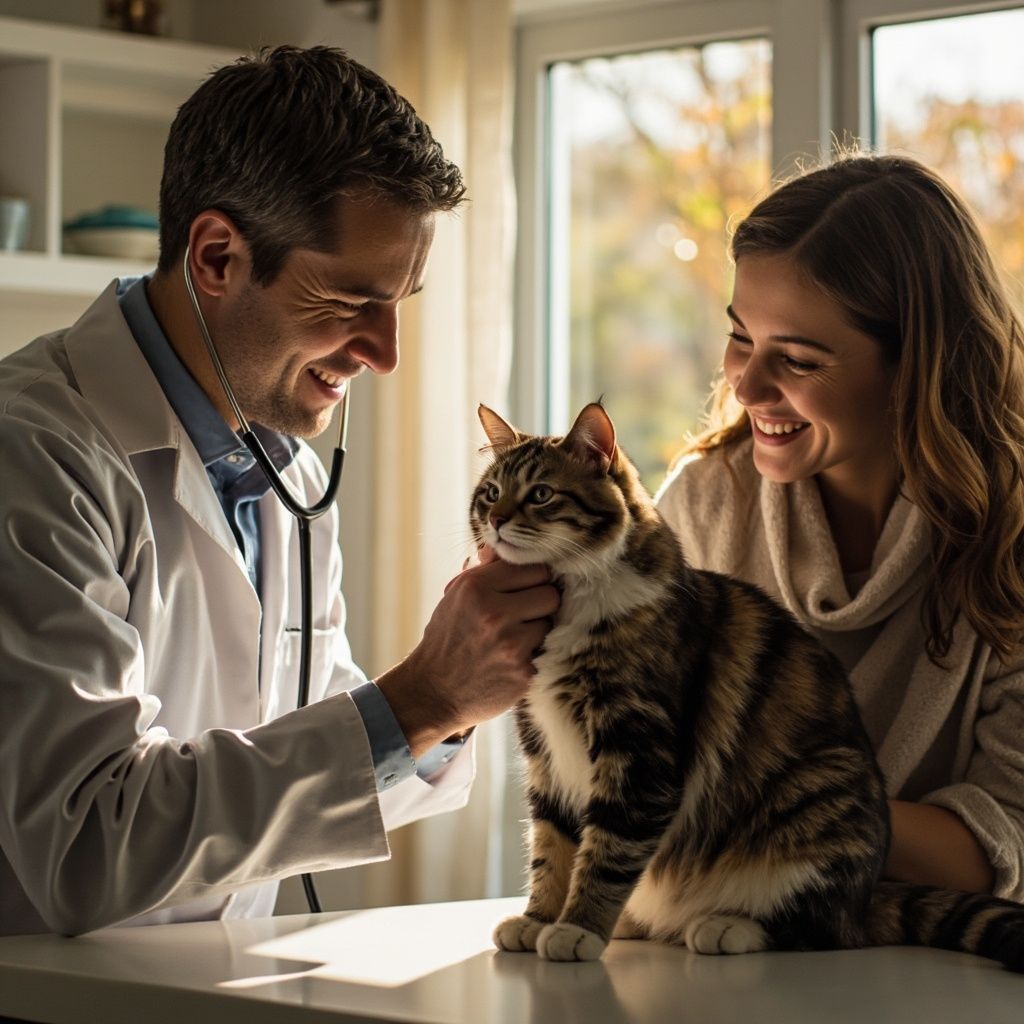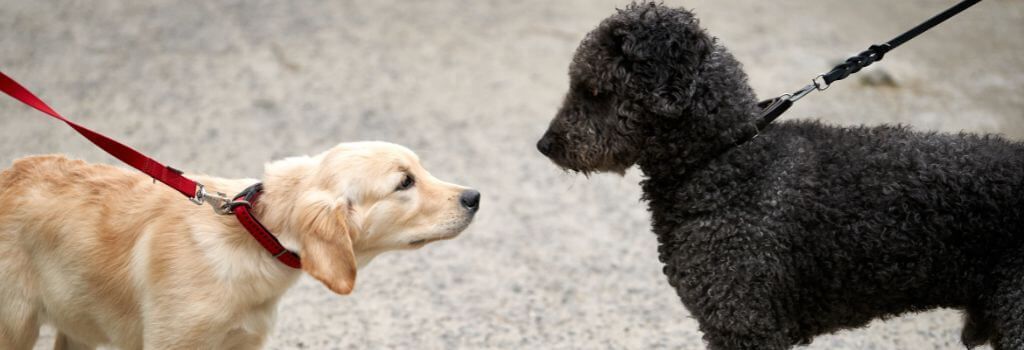Using Nutrition For Canine Enrichment
Engaging a dog's mind can be as essential as physical exercise. Mental stimulation helps prevent boredom, reduces anxiety, and promotes better behavior for our pups. It inevitably helps prevent destructive behaviors that often stem from a lack of mental engagement. Regular mental stimulation can enhance your dog's cognitive abilities, improve problem-solving skills, and increase their overall happiness!
Certain breeds, such as Border Collies, Poodles, and German Shepherds, have higher intelligence and energy levels, making them more prone to boredom and in need of greater mental challenges. Providing mentally stimulating activities, such as puzzle toys, training exercises, and interactive play, ensures that these dogs remain engaged and content, leading to a healthier and more fulfilling life. These toys are designed to challenge your dog's mind and body, providing a fun and engaging outlet for their energy. They also offer a fantastic opportunity for you to bond with your pet.
Incorporating nutrition into mental stimulation activities can elevate the experience, making it more engaging and rewarding for your pet. By using nutritious treats and kibble in puzzle toys and enrichment games, you not only stimulate your dog's mind but also contribute to their physical health. Come along with us as we explore some great staples to try with your dog, and give your pet a boost of both mental and nutritional benefits!
Figuring Out the Right Engagement Toy for Your Dog
When selecting a good engagement toy or method for your particular pup, keep these four things in mind to provide your pet with safe and effective options:
Size of Your Pet
The size of your dog plays a big role in choosing the right toy. Smaller dogs require smaller toys that they can easily manipulate, while larger dogs need more substantial toys that can withstand their strength. Always check the toy's size recommendations to confirm it's appropriate for your dog's breed and size.
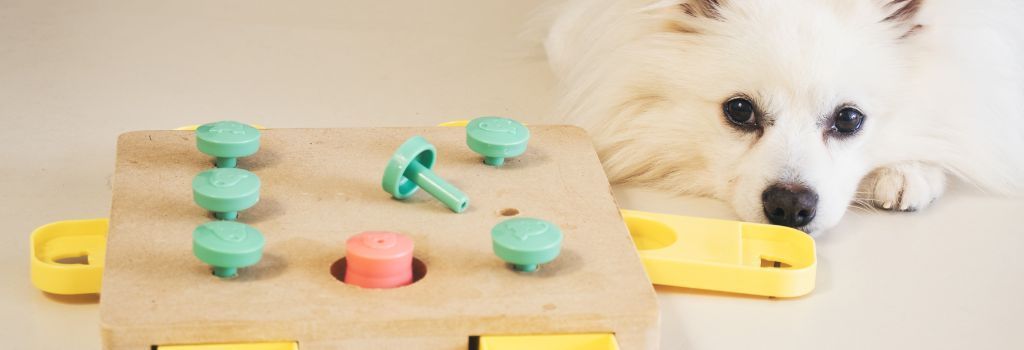
Complexity of the Puzzle
The complexity of the puzzle toy should match your dog's problem-solving skills and experience with such toys. For beginners, start with simpler toys that require minimal effort to get the reward. As your dog becomes more adept, you can introduce more challenging puzzles that require a higher level of mental engagement. This progression keeps your dog interested and continuously challenged.
Preferred Method of Play
Consider your dog's play style when selecting a toy. Some dogs love to chew, making toys like Kongs or durable puzzle balls ideal. Others might prefer toys that involve sniffing and foraging, such as snuffle mats. Observe your dog's natural tendencies and preferences to choose a toy that will keep them engaged and entertained.
Safety First!
Safety is important when introducing new toys to your pet. You want to make sure that the toy is made of non-toxic materials and is durable enough to withstand your dog's play without breaking into small, swallowable pieces. Always supervise your dog when they're playing with new toys, especially if they tend to be aggressive chewers. Regularly inspect toys for signs of wear and tear, and replace them if they become damaged.
Our Top 3 Nutritional Canine Enrichment Activities
Snuffle Mats
Snuffle mats are excellent for mental stimulation and allowing your dog to use their powerful sense of smell. With over 300 million scent receptors in their noses, dogs can engage in a "hunt" as they sniff out treats hidden in the mat. These mats can be homemade or purchased and typically range from $20 to $40. You can find snuffle mats on Amazon or Ruffle Snuffle Mats. Check out this video on how to create your very own snuffle mat at home.
Puzzle Bowls & Toys
Puzzle toys are fantastic for working your dog's brain while also providing physical stimulation. They come in various shapes and sizes, such as balls, bowls, muffin tins, and kongs. These toys can make mealtime more fun by encouraging your dog to work for their kibble, promoting movement and mental engagement. Some puzzles require dogs to press buttons to dispense food or treats, adding an extra layer of challenge. Freezing kibble or treats in puzzle toys can extend playtime and slow down fast eaters, supporting healthy digestion. Some of our favorite puzzle toys are available on Outward Hound
, Brightkins
, or Amazon. Here is one of our favorite puzzle balls
, available on Amazon.

D.I.Y Puzzle Bowls & Toys
Creating puzzle toys at home with everyday household items is easy and budget-friendly! Here are a few ideas:
- Frozen Muffin Tin Treats: Fill a muffin tin with treats or kibble, add water (or peanut butter), and freeze overnight. You can also use fresh fruits or vegetables like blueberries, apple slices (seeds and core removed), bananas, strawberries (in moderation), broccoli, carrots, celery, and green beans.
- Covered Muffin Tin: Place treats, kibble, or small pieces of fruits and veggies in the bottom of a muffin tin. Cover each compartment with a tennis ball or similar-sized ball. Your dog will have to move the balls to access the treats.
- Sniffari Adventure: Take your dog on a "Sniffari" by exploring a new environment. Bring high-value treats and hide them along the way, encouraging your dog to sniff them out. This activity promotes mental stimulation and provides a great bonding experience.
Enrichment toys are a fantastic way to enhance your dog's life, keeping them mentally sharp and physically active. Always consider your dog's size and monitor their use of these toys for your pet’s safety. If you have any questions about selecting the right enrichment toys or want more recommendations, don't hesitate to reach out to us. Happy enriching!
If you have questions and you'd like to reach out to us, you can call us directly at (859) 625-5678 , or you can email us at aacrichmond@yahoo.com. Don't forget to follow us on social media Facebook , Instagram.
Recent Posts

